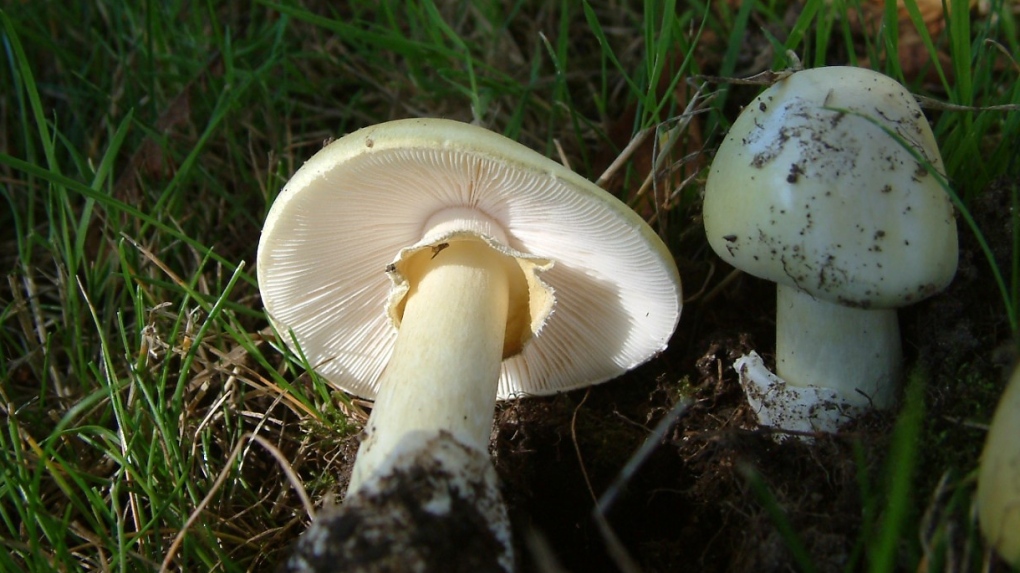
New research indicates death caps, a highly poisonous mushroom, are reproducing in a way that may increase their presence in Canada.
According to a study published by Cold Spring Harbor Laboratory in bioRxiv, a preprint publication, death caps are reproducing alone. Plant reproduction usually involves the fusion of two sexes, but evidence shows these mushrooms are multiplying “by single individuals.”
The study has yet to undergo peer review, as with all articles submitted to bioRxiv, which is a preprint server for the biological sciences. Editors who run bioRxiv urge the public to keep this in mind when reading new research on the server, they state online.
Death caps cause the most fatal mushroom poisonings in the world and if able to reproduce alone, researchers say there could be an increased presence of them in communities.
“The diverse reproductive strategies of invasive death caps are likely facilitating its rapid spread, revealing a profound similarity between plant, animal and fungal invasions,” the study published January 2023 states.
Using a population of death caps in California, researchers were able to determine how the mushroom was reproducing using genotypes.
Researchers determined the mushrooms can reproduce alone or with others since the nuclei, the centre of the fungi’s cells, are “competent for both unisexuality and bisexuality.”
According to the study the death cap is controlled by a single mating type but the mushroom “appears to bypass mating-type gene control.”
There are about 100 sightings of death caps in British Columbia on Vancouver Island and across the lower mainland, the B.C. Centre for Disease Control (CDC) website states. The mushrooms look similar to the Asian straw mushroom and other varieties and grow within urban areas, along tree roots and on logs.
The CDC says people will not taste a difference in highly lethal mushrooms leading to delayed treatment.
Death caps are considered an invasive species in Canada and are believed to have been brought over through European imported trees. They were first recorded in Mission, B.C. in 1997. They can be seen on Beech, Chestnut, Hornbeam, English oak and Canada’s native Garry oak.
According to a CDC fact sheet after ingestion within eight to 12 hours, a person will feel abdominal pain, vomiting, diarrhea and dehydration. A second wave of diarrhea and cramping occurs 72 hours after ingestion and results in low blood pressure, liver and kidney failure and seizures.
“Liver transplants are an often necessary life-saving procedure. Early treatment in hospital is essential,” the Vancouver Island Health Authority website reads.
B.C. encourages people to report death cap sightings for the safe removal of the mushroom.
